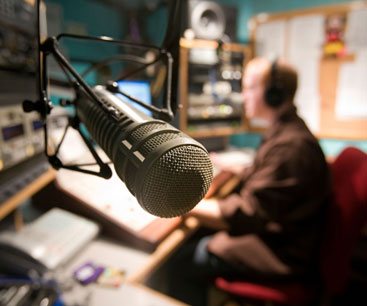Everyone has skills which they have developed throughout their professional careers and the same is applicable to transcription. While most people believe that anyone who can listen to a interview recording and type can transcribe, the reality is that there is much more to transcription which is shaped by experience as well as certain skill sets. Regardless of whether a transcription is for personal or professional use, there are certain guidelines which will help you come up with a quality transcription in a shorter amount of time.
Use quality equipment
A transcript is derived from either an audio or video recording and the quality of these recordings determine the ease of transcription. When it comes to transcription you will need quality playback and other equipment in order to accurately document the recording. It is of equal importance to have good headphones because poor headphones can often muzzle or distort words. Consider using a foot pedal to start, stop and pause the recording to leave your hands free as you focus on typing.
Learn different terminologies
If you hope to work as a transcriber for the legal and medical professions it is important to learn the terminologies used in those fields. This might take a little bit of training and in some instances you might need to show certification in order to work as a transcriber within these fields. If need be ask your client for clarifications to avoid misinterpretations. It is also best to stick to one field, if you hope to get into transcription related to jargon-laden fields.
Adjust the playback speed
One thing that you will realize is that it helps a lot to rep-adjust the audio playback speed in line with your speed in typing. During interviews people tend to speak at a quicker pace and when you slow down the playback speed it helps to keep up with the recording. This will also minimize on the time spent stopping, pausing and rewinding the recording. Slowing down the recording will also make it easier to understand complicated or confusing words.
Pick out what is important
Most clients do not want a word for word transcription and in such cases it is important to have a keen ear to pick out on what is important. Unless the client asks for verbatim transcription, you will have to use your own judgment to determine what should be in the transcript and what should not. Sometimes it helps to listen to the entire recording several times before starting the actual transcription so that you can know what you have to work with. More on interview transcription








